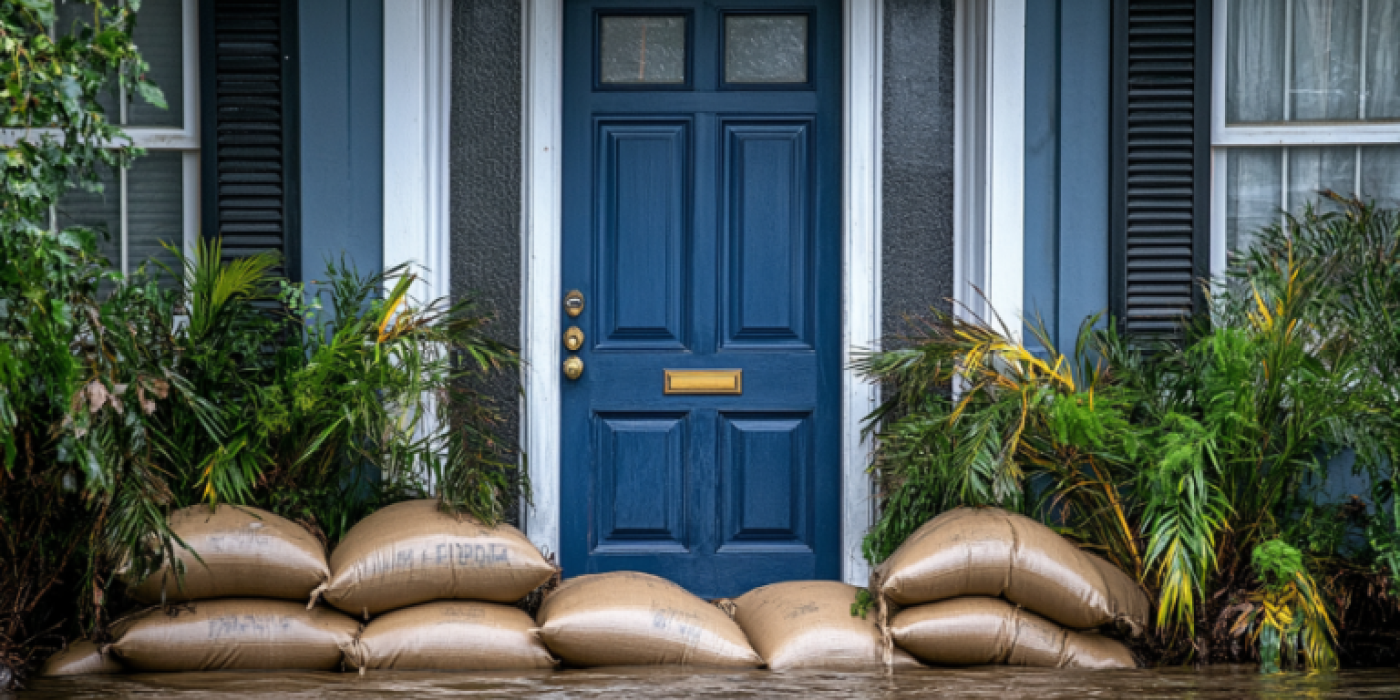Landscaping Flood Prevention: Tips for Protecting Your Home

Flooding is a natural disaster that can cause significant damage to homes and landscapes, often resulting from a variety of environmental factors. Heavy rainfall, rapid snowmelt, and inadequate drainage systems can all lead to flooding, overwhelming the natural and man-made infrastructure meant to manage water runoff. Coastal areas may also face increased flood risks due to storm surges and rising sea levels. Fortunately, with proper planning and strategic landscaping, homeowners can effectively mitigate these risks and protect their properties. This blog will discuss key strategies for landscaping flood prevention to help ensure your home stays safe and dry during adverse weather conditions. By understanding the common causes of floods and implementing thoughtful landscape designs, you can significantly enhance your home’s resilience against this unpredictable natural threat.
How to Plan Your Landscaping for Flood Control
Effective flood control begins with careful planning of your landscaping. It’s essential to assess the topography of your property and identify areas prone to water accumulation. Integrating landscaping for flood control involves designing your outdoor spaces to direct water away from your home. Techniques such as contouring the land to guide runoff and creating swales to channel water are crucial. At Fox Hollow Landscaping and Design, Inc. we offer customized solutions based on the unique features of your property, ensuring optimal water management.
Sloping Soil Away From Foundation to Direct Water Away
A critical component of flood prevention landscaping is sloping soil away from your foundation. This technique ensures that the gradient of your property directs water away from the house, preventing water from pooling around your foundation. Proper grading is essential, as it not only helps manage stormwater but also protects your home’s foundation from potential water damage, which can lead to costly repairs.
Use Deep Root Plants for Erosion Control
Incorporating deep root plants for erosion control is an effective natural strategy to assist with flood prevention. Plants with deep, robust root systems help stabilize the soil, absorb excess water, and reduce runoff. These plants are vital in maintaining the structural integrity of your landscaping during heavy rains. Examples include native grasses, bushes, and trees, which are adapted to local climate conditions and are particularly effective in preventing soil erosion.
Best Plants for Flood-Prone Areas
Selecting the right plants is crucial for managing flood-prone areas in your garden. The best plants for flood prone areas are typically those that can tolerate excessive moisture and can thrive in wet conditions. Some excellent choices include:
- Swamp Milkweed: Attracts pollinators while thriving in damp soil.
- Japanese Iris: Beautiful and effective in waterlogged conditions.
- River Birch: A tree that handles wet soil well and helps absorb water.
Utilizing these and other water-tolerant plants not only aids in flood prevention but also adds beauty and ecological value to your garden.
Landscaping plays a critical role in flood prevention, offering both functional and aesthetic benefits to your property. By effectively planning your garden’s layout, sloping soil away from your foundation, employing deep root plants for erosion control, and choosing the best plants for flood-prone areas, you can significantly mitigate the impact of flooding. Landscaping flood prevention strategies like these are essential for safeguarding your home against water damage.
Incorporating features like garden edging can also improve the functionality and appearance of your landscaping flood prevention efforts, providing clear demarcations and additional soil retention benefits. With thoughtful planning and professional guidance, you can create a resilient landscape that protects your home and increases its value. For expert advice, we at Fox Hollow Landscaping and Design, Inc. can further tailor your landscaping to meet the specific needs of your property. Contact us today to explore how specialized landscaping solutions can safeguard your home against flooding.
Filed Under: Landscaping & DesignTagged With: best plants for flood prone areas, deep root plants for erosion control, landscaping for flood control, sloping soil away from foundation